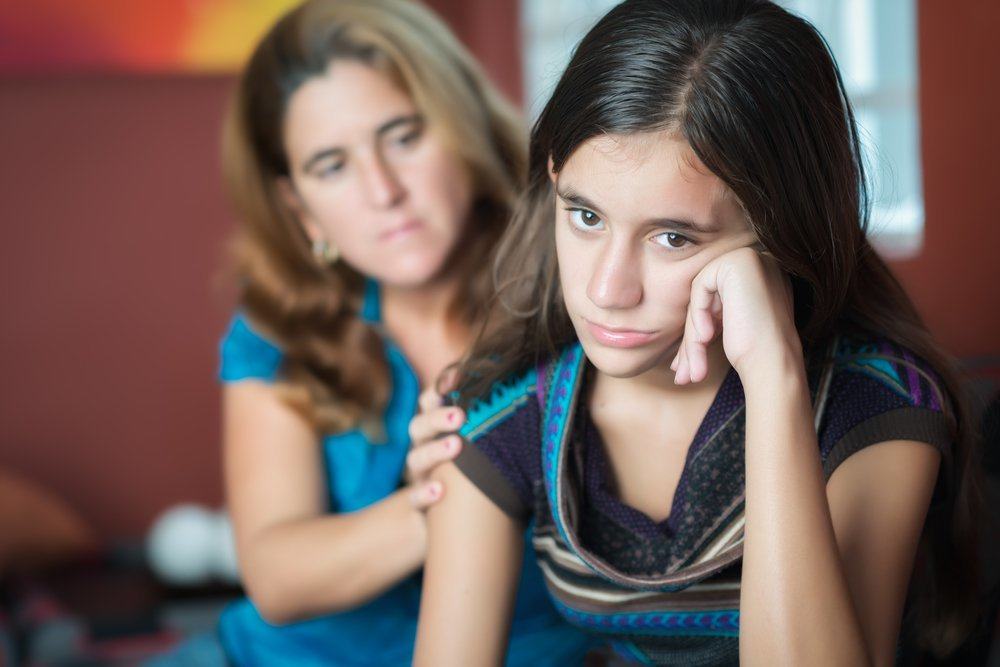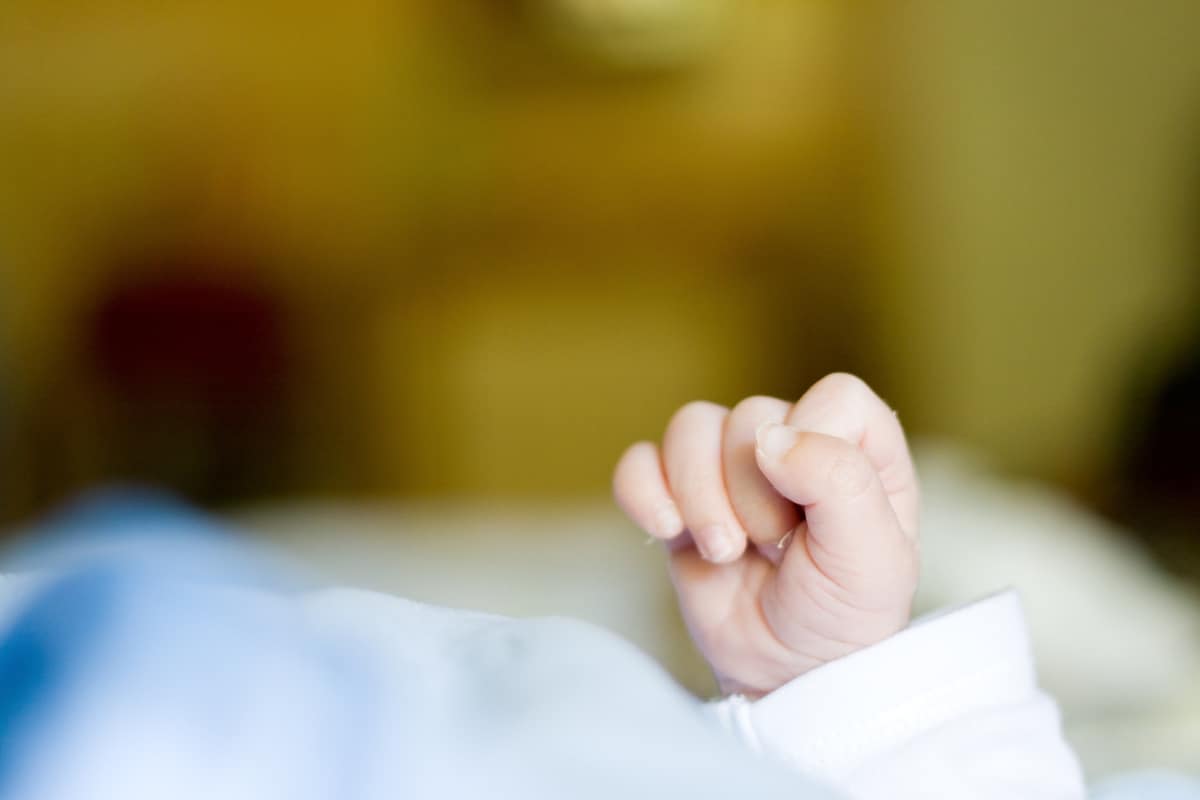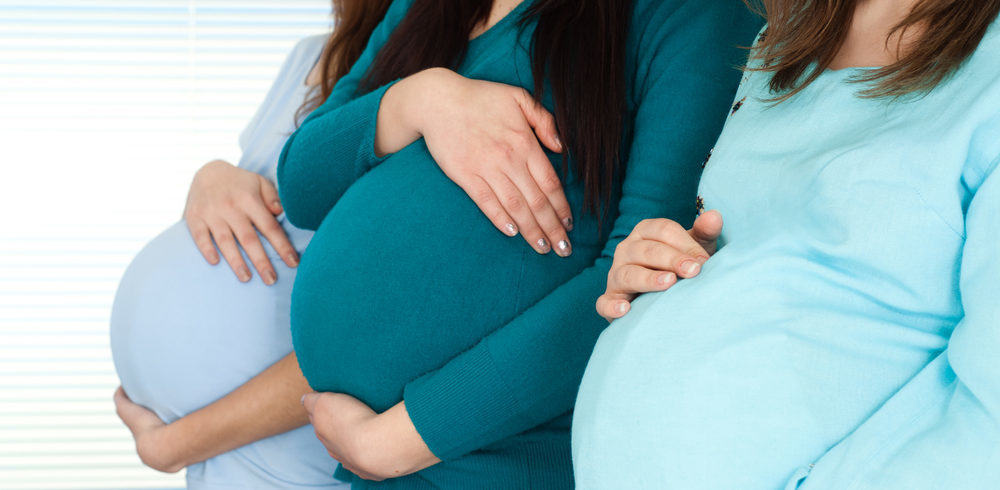Contents:
- Medical Video: PTSD Warning Signs
- Understand post traumatic stress disorder and its impact on personal relationships
- How to help people with PTSD
- Tip 1: Give social support
- Tip 2: Be a good listener
- Tip 3: Build trust and security
- Tip 4: Anticipate and overcome triggers
- Tip 5: Take care of yourself
Medical Video: PTSD Warning Signs
When someone in your family suffers from post traumatic stress disorder (PTSD), they will start acting differently and make you overwhelmed and frustrated. For families with PTSD patients, family members can feel fear and worry about relationships between families. But the most important thing is that you have to understand that patients really need support and affection from others to help them through problems from post traumatic stress disorder.
Understanding the root of the problem and overcoming it is something you can do to restore and help them continue their lives.
Understand post traumatic stress disorder and its impact on personal relationships
Post traumatic stress disorder is an advanced stage in people who suffer from trauma. People who experience post traumatic stress disorder begin to have mental illnesses, such as irritability, isolating themselves and lack of love. Initially, you might have difficulty dealing with changes in the people closest to you, especially if they don't want to open up. The more you understand about post traumatic stress disorder and its symptoms, the more you can help the person closest to you.
Symptoms of post traumatic stress disorder can be diagnosed by the following behavior:
- Patients cannot control their behavior and attitudes.
- Patients continue to feel anxious, suffering and insecure which can cause irritability, depression and lack of trust.
- Patients begin to have mental health conditions, such as eating disorders or anxiety.
How to help people with PTSD
Tip 1: Give social support
Usually, people with post-traumatic stress disorder find it difficult to blend with community and social activities. They tend to withdraw from friends and family. You should not force them to talk to people, but let them talk to people they consider comfortable and understand their feelings.
Don't try to force them to change. Staying patient, calm and positive is the best way to support the people closest to you. Even better if you understand how to control your own stress and educate yourself about PTSD. The more you know about the condition of PTSD, the better you can support and understand what the person is going through.
Tip 2: Be a good listener
Sometimes, the people closest to you don't want to share their traumatic experiences and you need to pay special attention when they need them. They easily express fear, anxiety, or negative reactions. It is important that you respect their feelings and not encourage them to talk beyond the boundary You don't need to give advice. Try listening without judgment or expectation.
Tip 3: Build trust and security
People with stress disorder post trauma always see the world full of danger and a scary place. They feel they cannot trust others or even themselves. Whatever you do to build security in the people closest to you will help the recovery process. Showing your commitment to relationships and promises, being consistent and doing what you have said are some of the best ways to build trust and security for those closest to you.
Tip 4: Anticipate and overcome triggers
A person, object, place, or situation can be a trigger that reminds people closest to you with trauma or negative memory. You need to identify and understand potential triggers, such as visions, songs, smells, dates, times or even certain natural events. After that, try to discuss with the closest people about the triggers and prevent them from bringing up bad memory.
Tip 5: Take care of yourself
Maintaining a post-traumatic stress disorder patient can frustrate and tire you. Knowing how to look after yourself and providing time for your life and activities can help you recover and take care of yourself.












